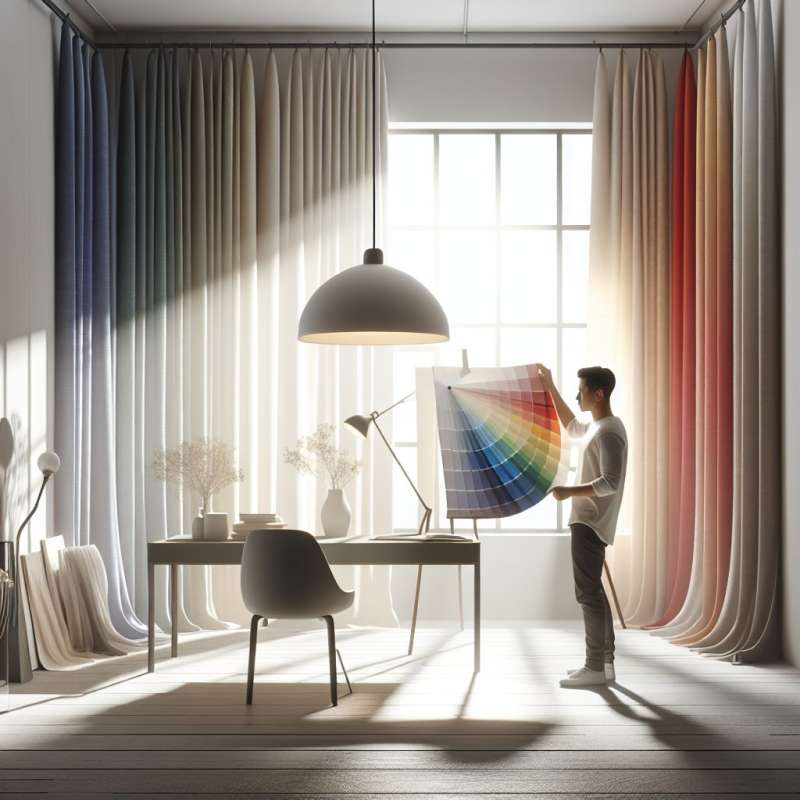
Introduction to Color Psychology
Colors influence emotions and behaviors. The study of color psychology examines how hues affect perceptions and interactions within spaces. This knowledge is crucial for effective interior lighting design.
Red Lighting Impact
Red light can evoke intensity, passion, and urgency. It stimulates energy and can increase heart rate, making it less ideal for relaxational spaces but intriguing for dynamic environments.
Blue Lighting Effects
Blue light promotes calmness and serenity. It's conducive to concentration and tranquility. However, overexposure, especially before bedtime, can disrupt sleep patterns by inhibiting melatonin production.
Green for Balance
Green light is associated with balance, harmony, and restoration. Its presence in a room can have a soothing effect, reducing anxiety and fostering a sense of well-being.
Yellow for Happiness
Yellow lighting often induces feelings of happiness and warmth. It's energizing and can stimulate clarity of thought, making it great for creative spaces and work environments.
Purple's Creative Influence
Purple light is linked to creativity and luxury. It can foster imagination but is less common in everyday settings. It's a bold choice that can spark inspiration.
Color Temperature Matters
Not just color, but color temperature affects mood too. Warmer lights feel cozy and inviting, while cooler lights encourage focus and alertness. Lighting design balances these elements for desired emotional responses.
What does color psychology study?
Color history and theory
Hue impacts on emotions, behaviors
Interior design color trends
Company